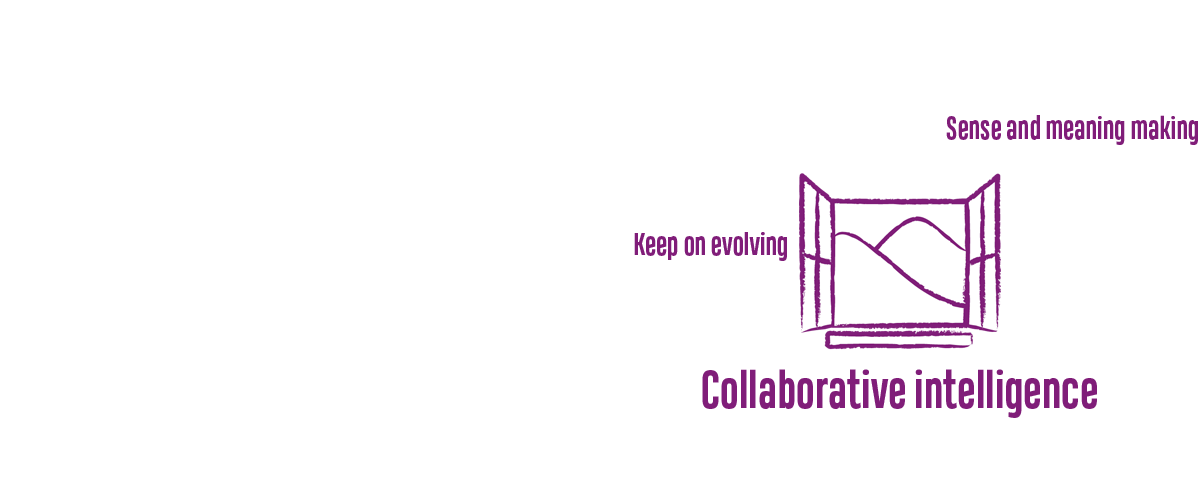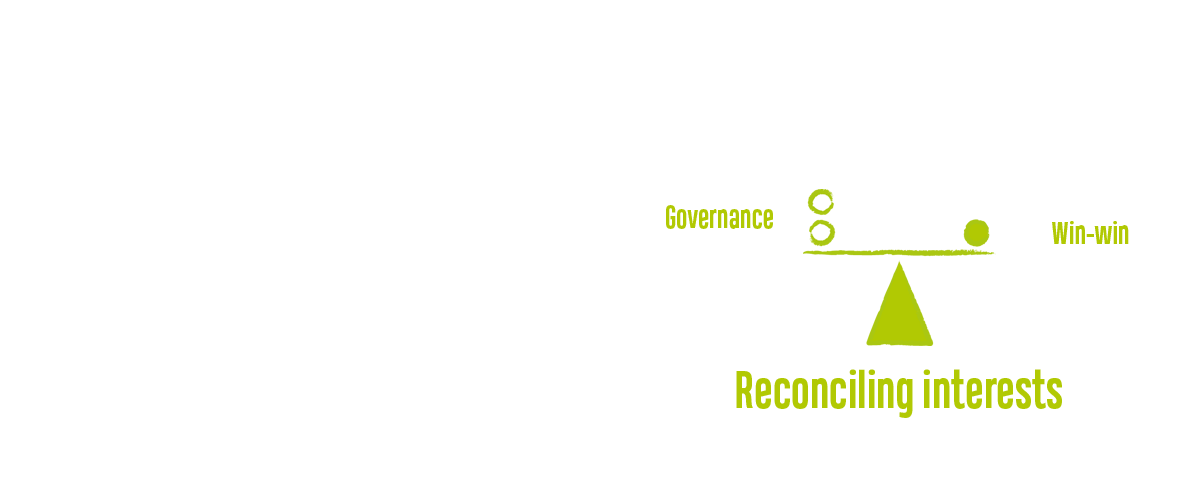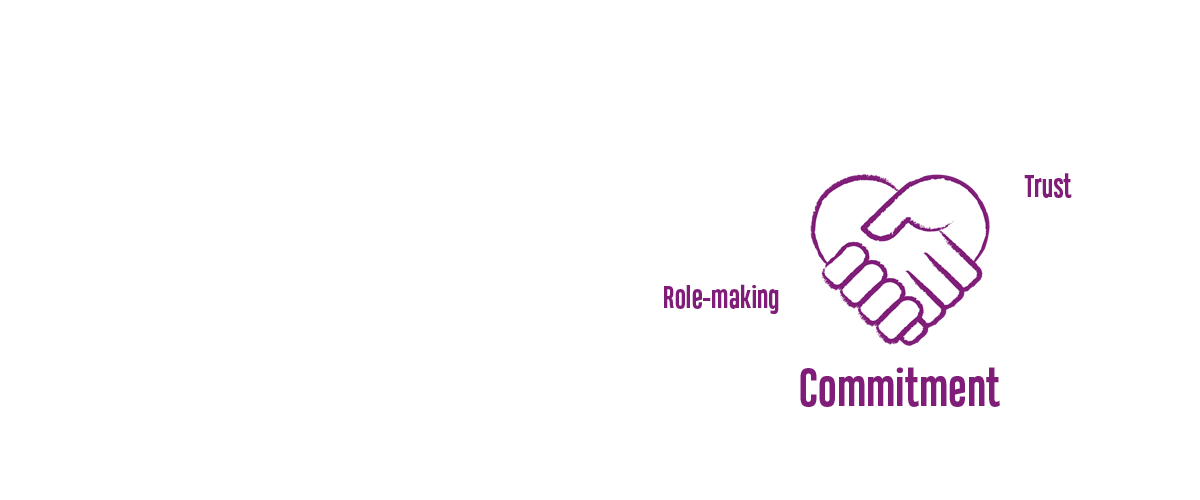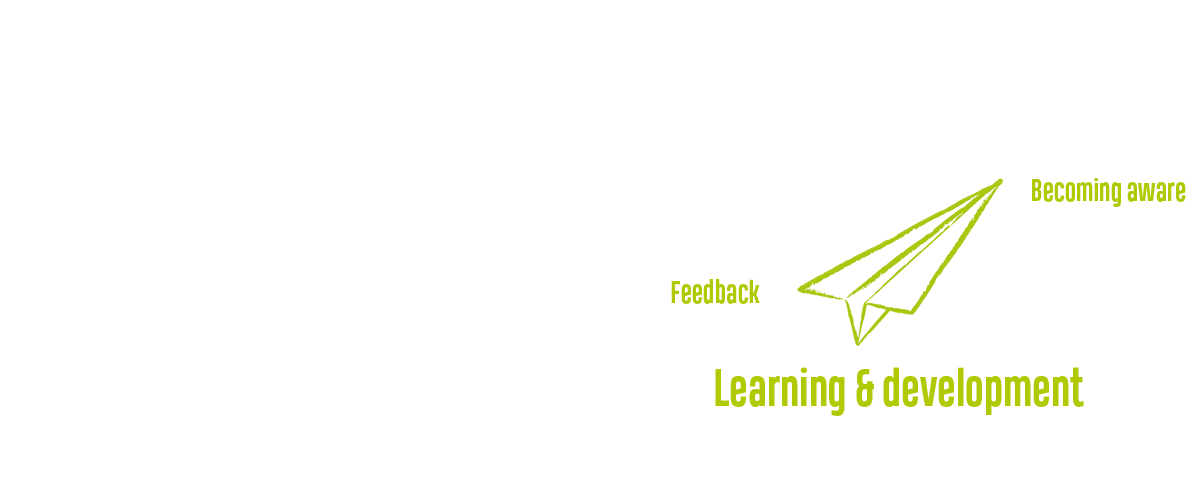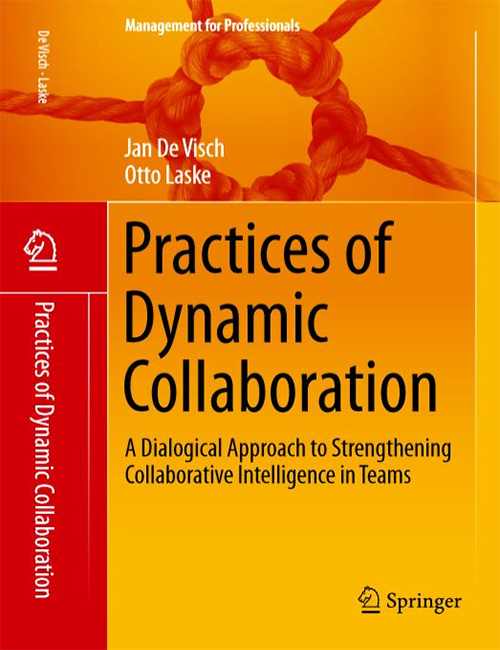What: Making individual, team, and organizational development choices based on data
Rethink
Companies are forced to adapt their collaboration model constantly in rapidly evolving environments. This evolution requires a flexible approach to organizational development.
Your organizational development
Functions, collaborative processes, and governance structures are changing faster. You can prevent many problems by aligning interventions with what is within the reach of the parties involved. This provides the basis for thoughtful individual, team, and organizational development initiatives.
Based on capabilities
The application broadens your options. It identifies how collaboration works, what potential there is, and what limitations you can overcome. This allows you to adapt to the new realities you face.
And a specific focus
The Dynamic Collaboration application specifically focuses on (re)designing work processes, optimizing individual decision-making at all organizational levels, and improving teamwork.
The figure outlines the three critical questions from the Dynamic Collaboration approach.
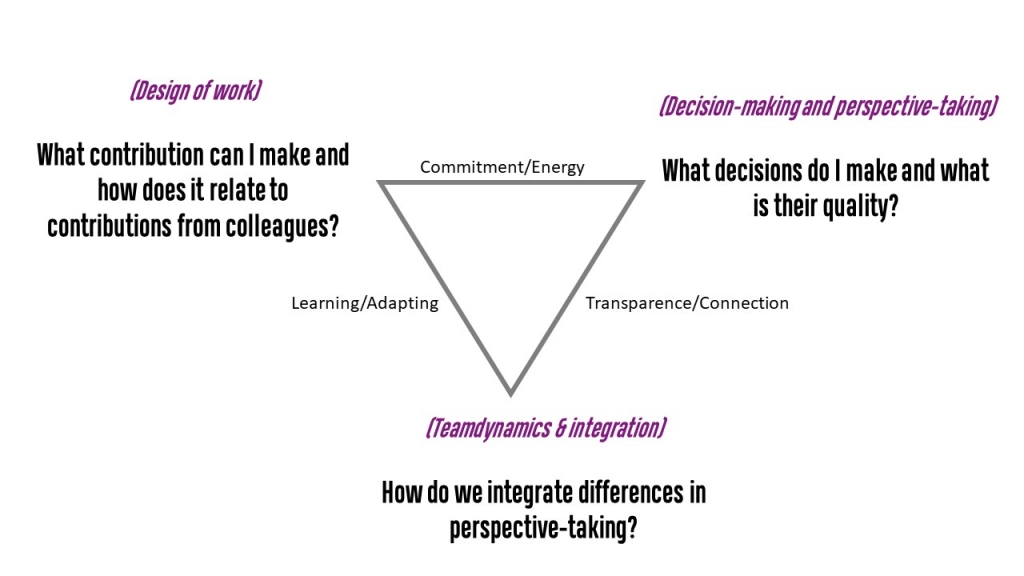
The App
The application clarifies the quality of collaboration by highlighting the interrelationships between work design, employee decision-making, and team dynamics. The results help understand the root causes of quality problems, difficulties in translating strategies within the organization, lack of flexibility, and lack of results in innovation initiatives.
With the Dynamic Collaboration Application, you can
- Redefine functions and roles to maximize value creation.
- Understand how individual employees interpret their functions or roles and whether they broaden or narrow them.
- Achieve actual breakthroughs in the quality of team dialogue.
The application was developed based on the latest insights into the organization of work and what makes employees grow in real terms.
You can use the application as a company or consultant after one training day.
Check the Dynamic Collaboration Academy calendar for available training days. If you want in-house training for your company, it will be customized to your organization’s specific issues and challenges.
Two modules: (1) Story generator, and (2) Values mirror
The Storyline Generator gives you a sharp picture of how the work is currently organized and how it can be improved. It revolves around the following:
- Summarize the job in a story
- Identify critical responsibilities in a position or role
- Examining consistency and contradictions between responsibilities
- Assess how different functions and roles reinforce (or counteract) each other
- Determine the difference to be made for customers, innovation, resource management, and planning
- Establishing decision-making powers by role
- Predicting the quality of dialogue and decision-making, both horizontally and vertically, within reporting lines
The Values Mirror is used to examine the viewpoint of role and function holders:
- How they tackle problems and make choices
- How they make decisions and use their thinking space
- What are their motivations, and from what perspectives do they interpret their assignments
- How they give and receive feedback in line with expected contributions
- What responsibilities they will or will not take on
- Where their room for growth and development lies
- Which is the diversity of perspectives in collaboration
- How team members work together and what goals they will or will not achieve
- How team members can achieve qualitative and comprehensive decision-making
- What level of self-direction can be developed within a team
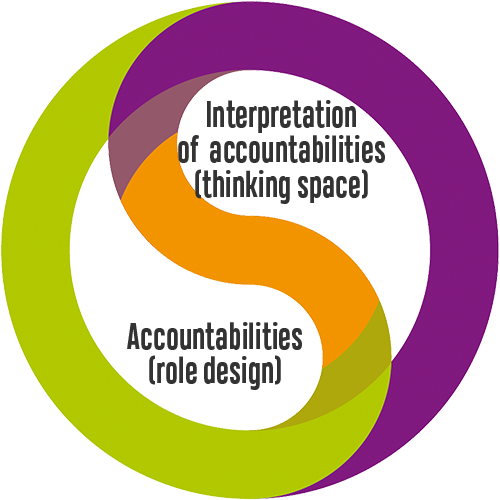
What the App makes possible
This app improves how people work together during change at the individual, team, and organizational levels. This leads to a stronger sense of responsibility at all levels.
It helps companies improve their value creation, allowing them to see better results within six months and execute their strategy more effectively.
The app supports the review of crucial processes in the HR journey, resulting in an organization more focused on conscious development.

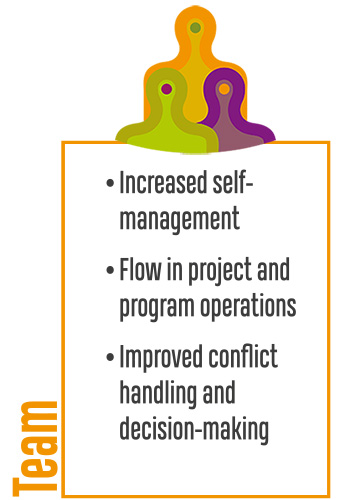
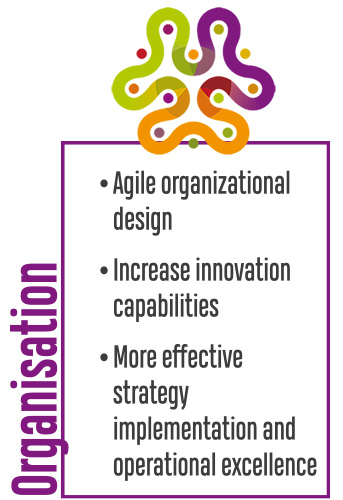
Dynamic collaboration
What is it?
Dynamic collaboration occurs when teams grow and improve collaboration skills. This growth, called an “upward movement,” occurs through three actions:
-
- Individual development: Increasing thinking skills and letting go of personal interests.
- Team Improvement: Establishing effective alignment and decision-making processes that reinforce each other.
- Organizational redesign: reshaping relationships among functions, with or without roles.
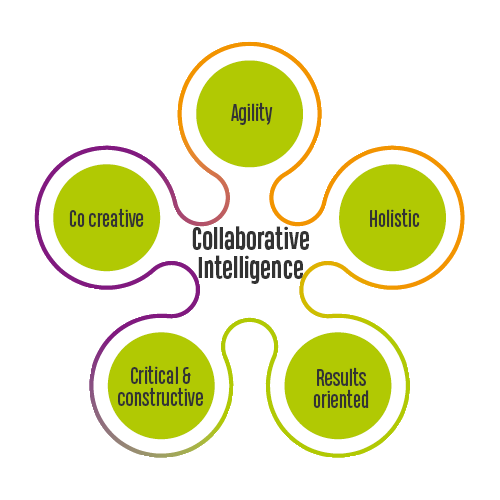
How does dynamic collaboration arise?
- Dynamic cooperation is created by improving the quality of the mutual and inner dialogue.
During five key conversations, the conversations focus on bringing together storylines and a mutual understanding of core responsibilities. This promotes ownership.
In inner dialogue, we strive for two-way listening, listening from others and one’s own perspective. This makes the narrative personal and relevant to everyone.
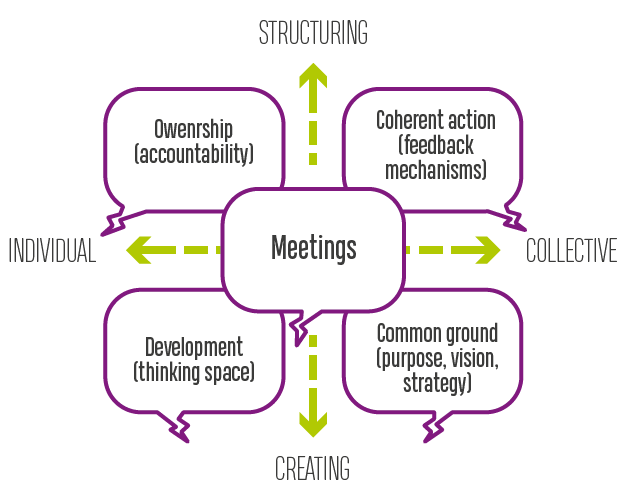
Five conversations

Double listening
Academy
Our clients
They share the search to better respond to the rapid changes in their environment.

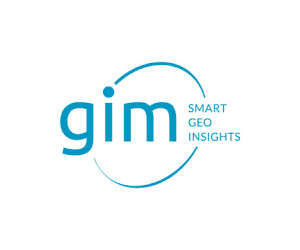
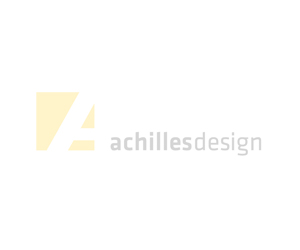
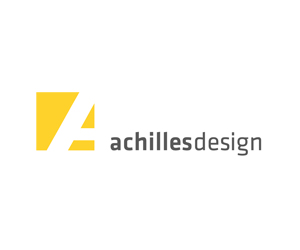
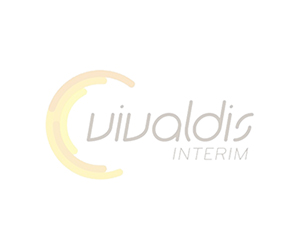
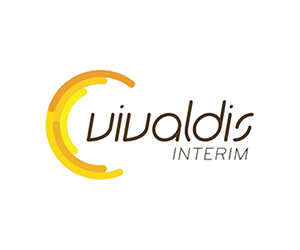
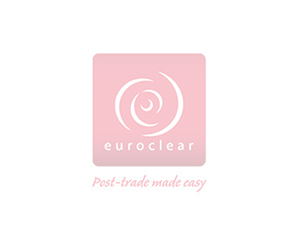
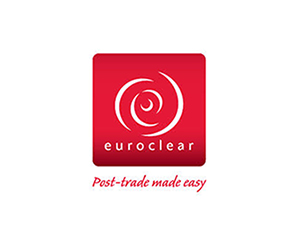


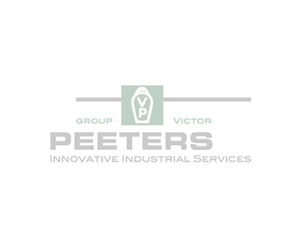
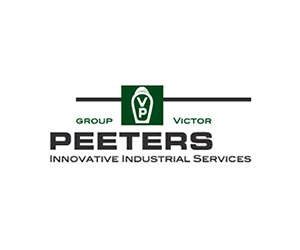
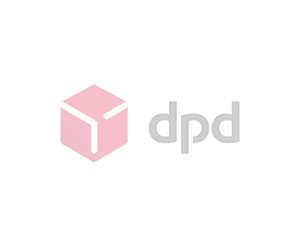
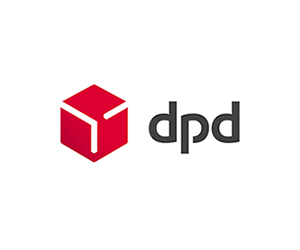

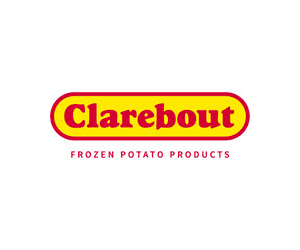
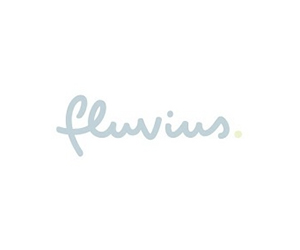
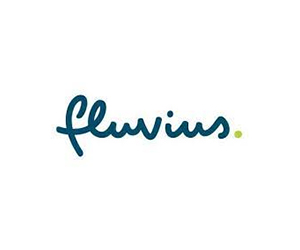

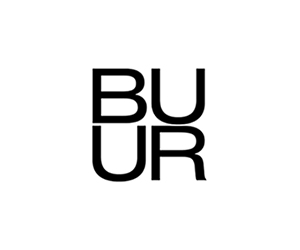
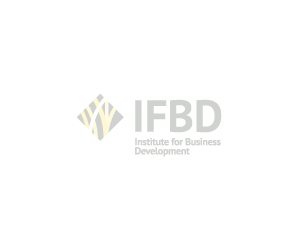
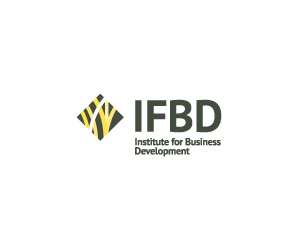
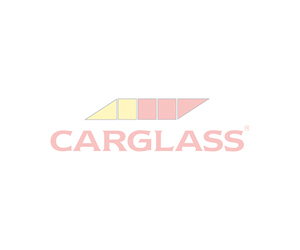
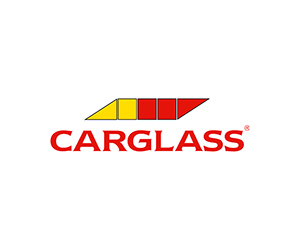
Who we are
A network of experienced multidisciplinary professionals who feel connected by the dream of creating better workplaces.
Dynamic Collaboration is a network that helps organizations prepare for the future. We focus on intelligent actions that drive individual, team, organizational, and societal growth. We focus on using resources more efficiently, guiding transitions to more sustainable business models, and supporting transformations to more people-centered and resilient collaboration.
The following enthusiastic Dynamic Collaboration Network Consultants use the Dynamic Collaboration Application and are ready to support you in your organizational development (in alphabetical order):
Andreas Bierwolf
Jan De Visch
Martine Gorissen
Cécil Schmitt
Maarten Van Damme
Koen Van Hoey
Kirby Van den Brande
The following customers are members of the Dynamic Collaboration Network and actively think along with the further development of the Application:
We have an ecosystemic partnership with the following colleagues. From their specialization, they contribute to facets of the operation:
Mark Mortier
Michaël Van Damme
The core of our approach, presented schematically:
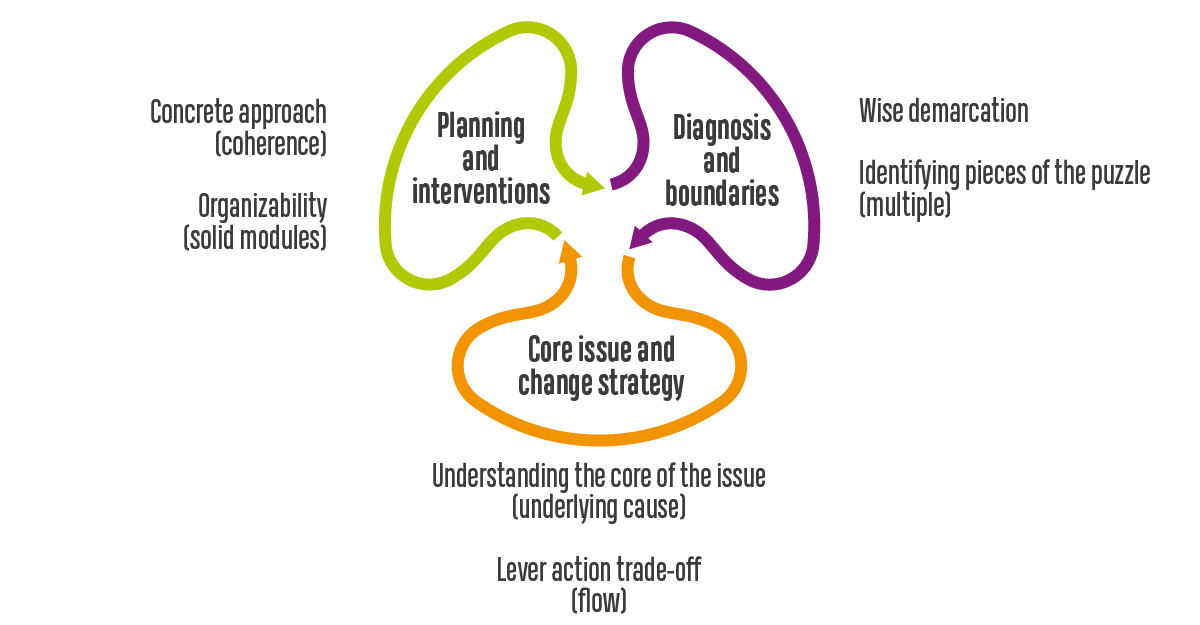
Contact us
“Their demo has opened my mind”
“This is what really makes the difference”
> recurring response from clients and partner consultants
Dynamic Collaboration
A Connect & Transform Brand
Koningin Astridlaan 144
2800 Mechelen
Tel 0478 31 24 24
jan@connecttransform.be

